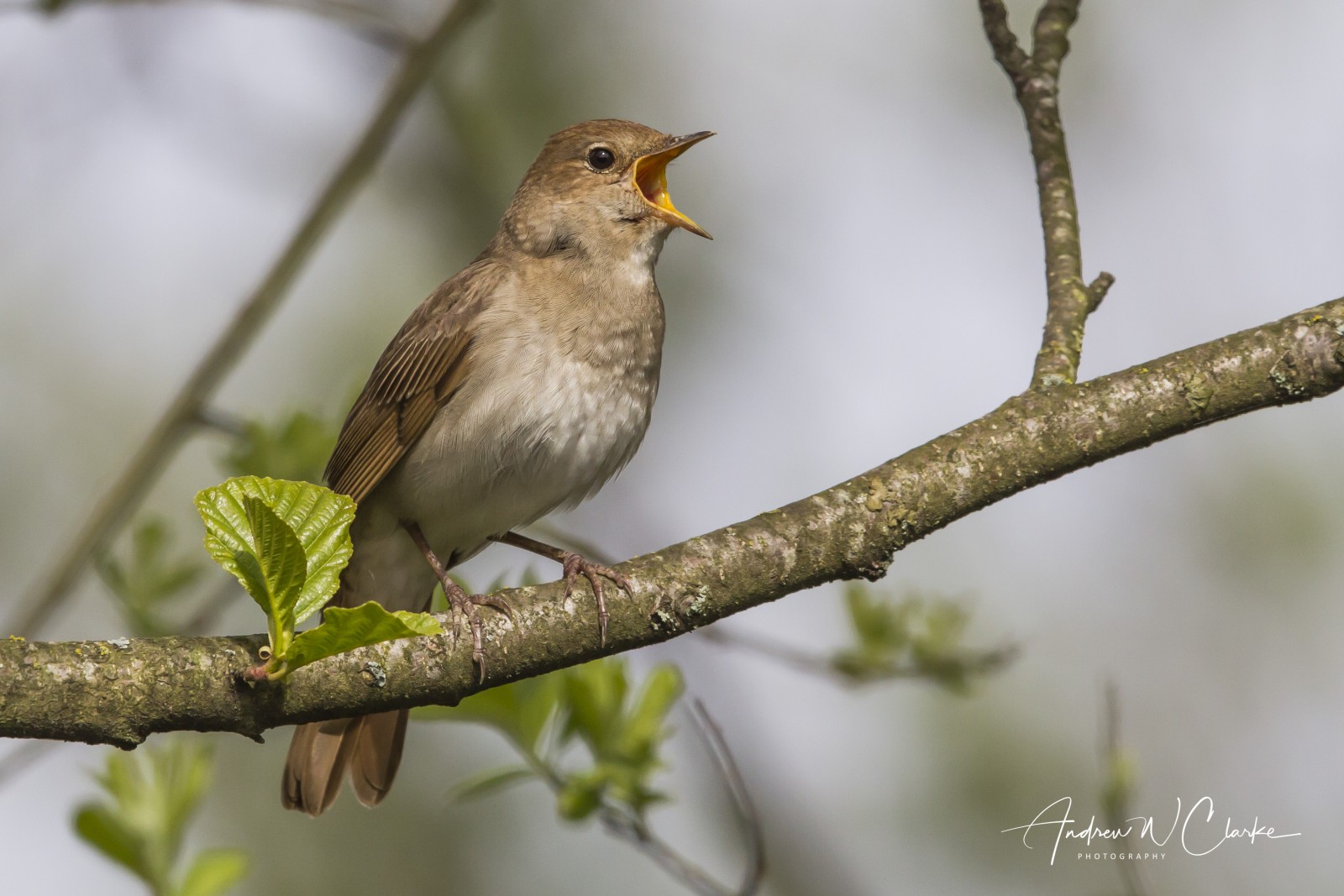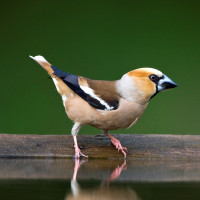Description
The area comprising the two bogs Smørmosen and Fedtmosen and the adjacent meadows covers around 150 hectare with bogs, small lakes, open woodland, scrub, reedbeds and meadows. The fields around Kildegården are used for organic farming and are grazed by cattle. The stream of Tibberup Å flows through the area. There is a varied flora and fauna in the area. Around 200 different bird species have been registered, around 50 of them breeding here each year. Including Red-necked Grebe, Little Grebe, several species of duck, Water Rail and – not least – many warblers, Sparrowhawk and Western Marsh Harrier. Other breeding birds include Northern Lapwing, Common Cuckoo, Eurasian Skylark, woodpeckers, tits and finches. At one time, the area housed a large colony of Fieldfare – probably the second largest in Denmark – but this has declined in the last few years and there are now only a few pairs left. Tawny Owl, Penduline Tit, Spotted Flycatcher and Pied Flycatcher breed here sporadically.
Spring and autumn bring a considerable number of migrating birds that fly over the area or settle here for a short while. Quite a number of raptors, such as European Honey-buzzard and Sparrowhawk, are seen every year, together with lesser numbers of Red Kite, Eurasian Goshawk, Rough-legged Buzzard, Osprey, Hen Harrier, Eurasian Hobby and Merlin. Even rare birds such as Golden Eagle, Lesser Spotted Eagle and White-tailed Eagle have been observed very occasionally over the area. Common Crane fly overhead on migration every year, usually in the springtime. If the wind is blowing from the east, the flocks can be very large. Many different species of passerines can be seen on migration. The migration can best be seen from Klausdal (in the south-eastern part of the area) or around Kildegården. There are always a good number of passerines that stop over in the bogs. In some years, overwintering Great Bittern can be spotted. Occasionally there are invasions of Fieldfare, Redwing and Bohemian Waxwing and of many passerines, including colourful finches. On the edge of the north-west corner of Fedtmose is a site where Long-eared Owl overwinter.
Details
Access
Using public transport, the easiest way to reach the area is to take bus 42, which leaves from Nørreport Station in Copenhagen and takes 45 minutes (get off at Klausdsalsbrovej/Gråpilevej or at the water tower at Sennepshaven). Bus 165 and buses 167/168 (the local Herlev bus) also stop here. If you come by car, you can park at the Kildegården Nature Centre, from where there is easy access to the area. At the centre you can find brochures and maps about the area. It is also possible to park at Klausdal og on Gråpilevej. A network of paths leads round the area, some of them forming part of a walking trail between Kalvebod and Værløse. There is a bird observation tower in Smørmosen.


